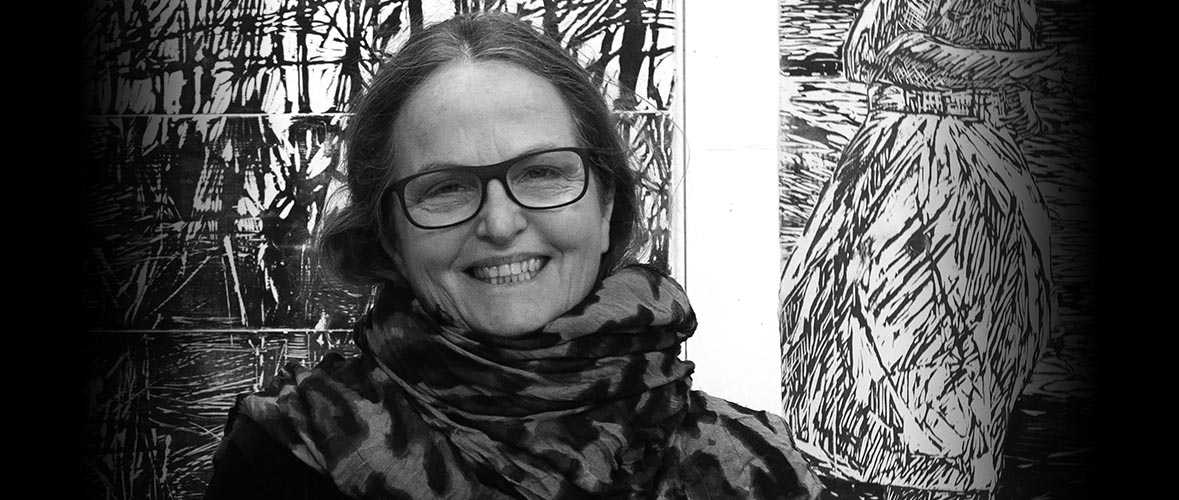

Philosopher Immanuel Kant discusses the issue of distance when defining the concept of „the sublime.“ According to Kant, the sublime is the infinite distance from the ideal of harmony between the laws of nature and the laws of man. Confrontation with superior forces that threaten to swallow the individual is the basis of the sublime. In Romanticism, the experience of the sublime was described as emerging in response to nature and its mysterious powers, which threaten the wholeness and independence of the subject. The status of „the sublime“ has been undermined by the conquest and commercialization of nature in the modern age, and by its incorporation in global consumerism in the postmodern age. These developments have undermined the dialectics of an autonomous subject facing a transcendental „other.“
Hofshi is constantly pre occupied with the human condition, researching historical and current contexts and perspectives, questioning humans’ place and significance as part of their socio political fabric and in the broader planetary scheme. The current exhibition, „Crossing“, continues her examination of chronology, being and evident traces. She is captivated and agitated by the intertwined evolution of humans in the environment, the existence of communities both in the physical sense as well as broader social and political sense. Hofshi is preoccupied with the brief yet subjectively perceived total existence of the individual, as part of turbulent social circumstances.
Both “Crossing” and “Chronicle” hung on opposing walls are monumental works depicting distant, neo-romantic landscapes. A tall structure positioned at the far side of the space, and a narrow wooden deck or perhaps pathway, in the center of the space, complete the installation.
In the works, the forces of nature and of destruction mingle and mix. The powers of „the sublime“ encounter both natural and human catastrophes. Realism and expressionism merge, creating a landscape that is threatening and disquieting rather than pastoral. In the words of the artist, “I aspire to position humankind in a manner that would enhance self-observation, in the context of broader surroundings and the environment. It takes a good measure of humbleness to fully comprehend ones state, position and role, in light of corresponding relationships with others and the world around us.”
Born in Kibbutz Matzuva, Israel in 1959, Hofshi has been internationally recognized as a printmaker and installation artist. Hofshi is constantly pre occupied with the human condition, researching both historical and current perspectives, questioning humans’ place and significance also in the broader planetary scheme. Her haunting vistas of ruins, rugged landscapes and forlorn figures respond to both the sublime forces of nature and the consequences of human conflicts and social upheaval. Through her art, she seeks commonalities of experience that transcend nationalism and sectarianism. After a decade in the united states (1985-2004) Hofshi has returned to Herzliya-Israel where she currently lives and works. Her work continues and revitalizes a long tradition of printmaking and mixed media art. Using wood, paper, and ink—the language of solid vs liquid and darkness vs light, Hofshi creates large-scale landscapes with sporadic isolated figures. Her hand-carved wood panels and printed works reflect a wide emotional range and a redemptive resilience. Orit’s works bear witness to humanity’s capacity for violence and grief with an attentiveness, tenderness, and humility that modulate the heroic scale of her largest works.













































